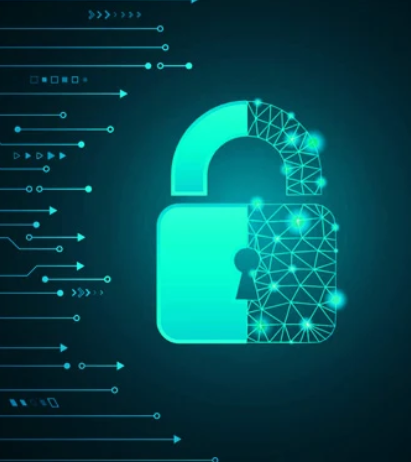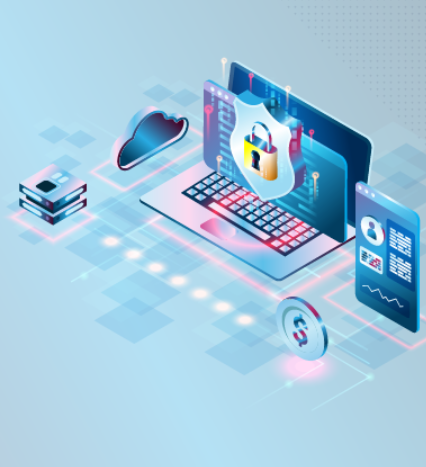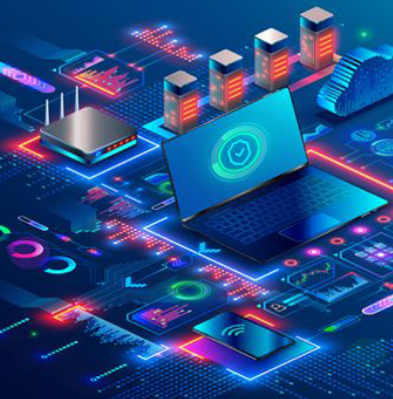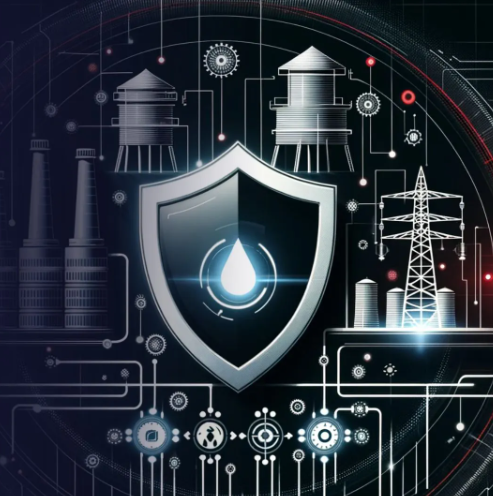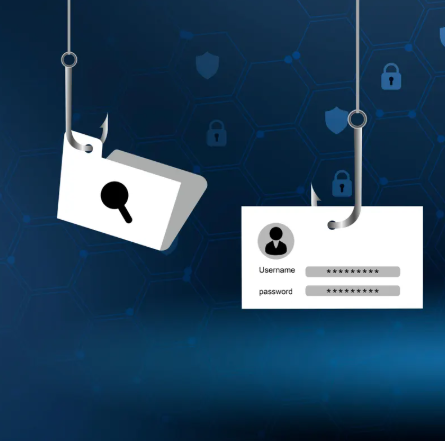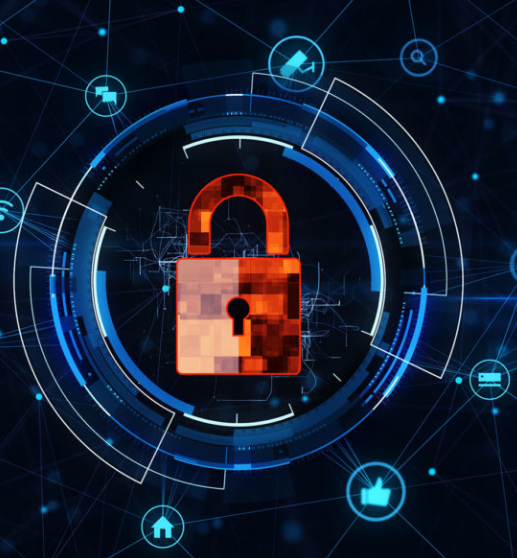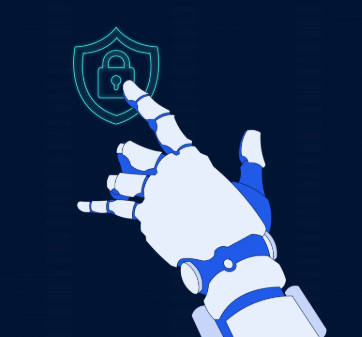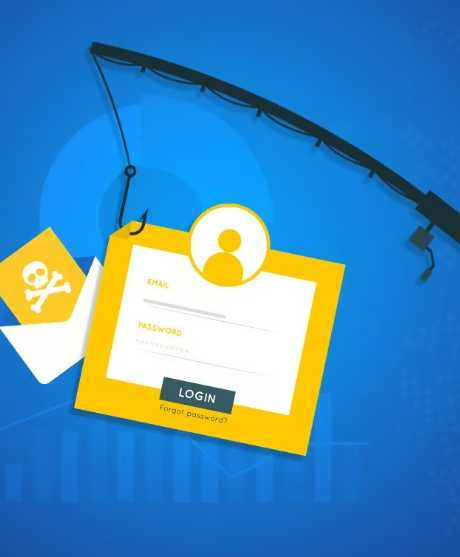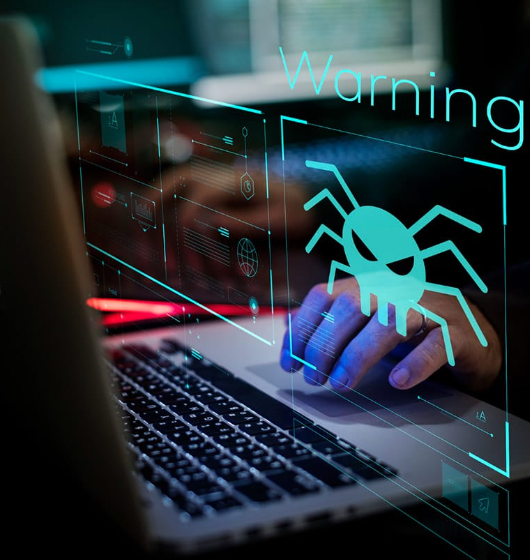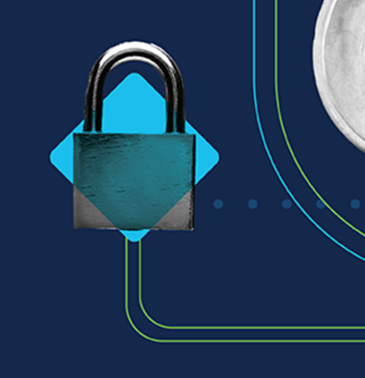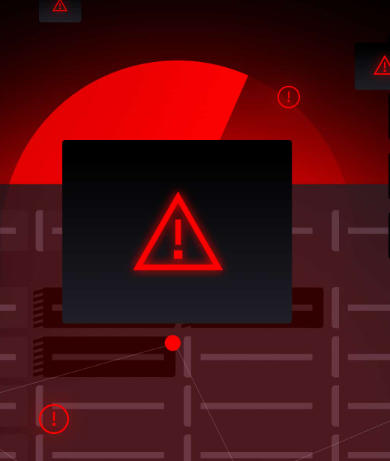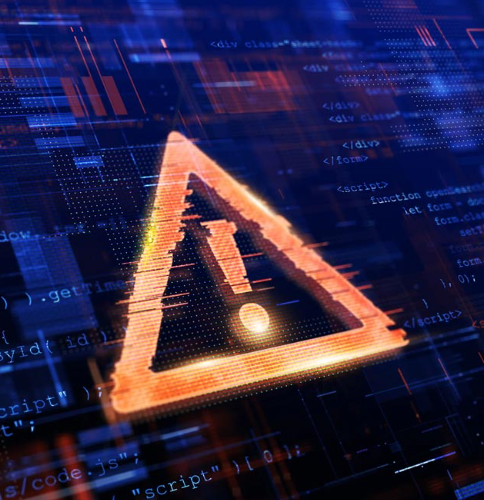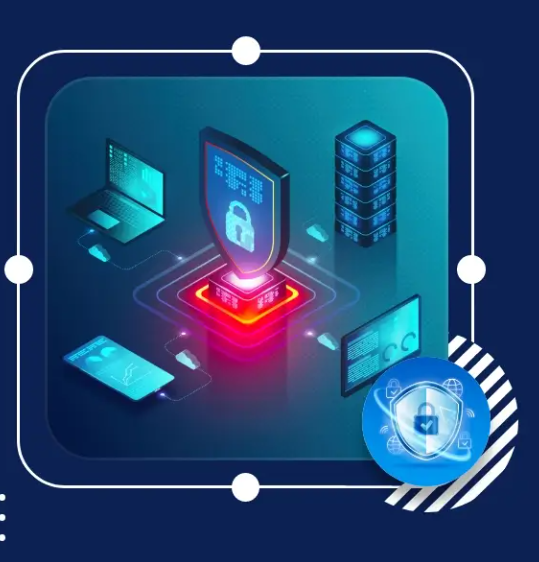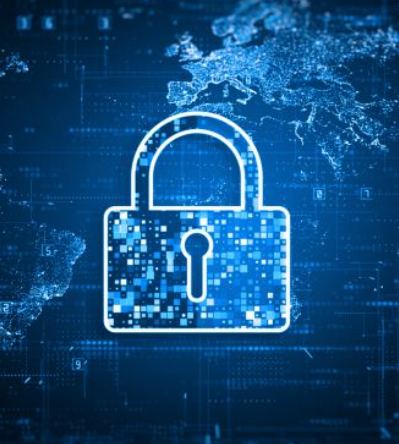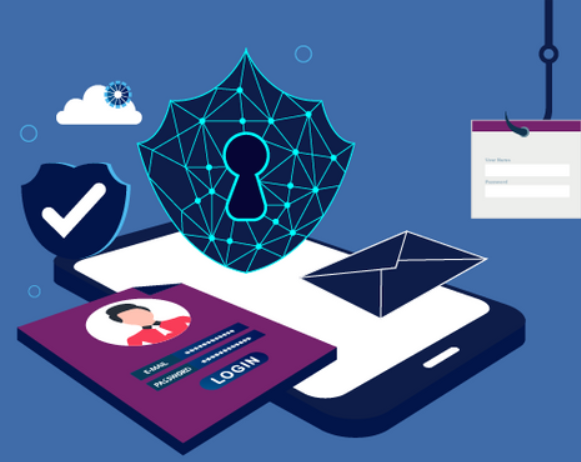
In today’s fast-paced digital world, IT and security teams are often overwhelmed by a constant stream of alerts, logs, and suspicious activity reports. A large portion of this data consists of false positives or minor events that don’t require immediate action, creating what is known as “cyber noise.” This overload can waste valuable resources and cause critical threats to go unnoticed. The solution? AI-driven security optimization, which uses artificial intelligence to sift through the noise, prioritize risks, and help teams make faster, more informed security decisions.
The Challenge of Cyber Noise in Modern Security
Security teams are frequently bombarded with thousands of alerts daily from various security tools like firewalls, intrusion detection systems, and endpoint security software. While these alerts are designed to identify potential threats, the sheer volume can lead to alert fatigue, delayed responses, and mistakes—even among experienced analysts. Organizations often find themselves in a constant cycle of reacting to threats rather than proactively preventing them. This is where AI can step in to transform security operations from a reactive to a proactive approach.
Did You Know?
Over half of security teams ignore or overlook important alerts due to alert overload. AI-driven filtering is essential for staying ahead of real threats.
How AI Enhances Security Operations
- Smart Alert Prioritization
AI can quickly process large amounts of log data and automatically prioritize alerts based on risk level, behavior, and historical trends. This helps security teams focus on critical threats and filter out noise. - Threat Correlation and Context
Rather than viewing alerts in isolation, AI can link events across different systems and users to spot coordinated attack patterns. This context provides quicker and more accurate threat detection. - Predictive Threat Detection
Machine learning algorithms can detect abnormal activities or new indicators of compromise (IOCs) before they match known threat profiles, enabling security teams to spot suspicious activity early. - Automated Response Actions
AI-driven security platforms can instantly execute predefined actions—like isolating a device or revoking access—when a threat is detected, reducing the need for manual intervention. - Continuous Learning
AI systems improve over time by learning from past incidents. They adapt to new threats and refine detection models, becoming more effective at identifying emerging risks.
Key Benefits of AI in Security Optimization
- Reduced Alert Fatigue
By filtering out false positives, AI helps analysts focus on high-priority threats without being buried under irrelevant data. - Faster Incident Response
With AI’s help in prioritizing and correlating alerts, security teams can address real incidents more quickly, often stopping attacks before they escalate. - Increased Accuracy and Efficiency
AI processes data at scale with precision, leading to fewer missed threats, reduced human errors, and streamlined security workflows. - Comprehensive Visibility
AI integrates data from cloud environments, networks, endpoints, and identity systems to provide a unified view of your security posture, aiding in better decision-making. - Scalable Security
As organizations expand, AI can help maintain a strong security framework without the need for a proportional increase in security staff.
Steps to Integrate AI into Your Security Strategy
- Assess Current Alert Workflows
Identify areas where alert fatigue and false positives are most prevalent to determine where AI can add the most value. - Select an AI-Powered Security Solution
Choose a platform that combines machine learning, behavioral analytics, and automation, and integrates seamlessly with your existing infrastructure. - Focus on High-Impact Areas
Start with specific use cases like endpoint detection, email filtering, or network traffic analysis—areas rich with data that can greatly benefit from AI optimization. - Monitor and Refine
AI requires continuous monitoring and feedback. Regularly review the system’s performance, adjusting filters and settings to improve its accuracy. - Train Your Team
Ensure your security team understands how AI works, how it prioritizes alerts, and how to work with automated tools to improve overall effectiveness.


